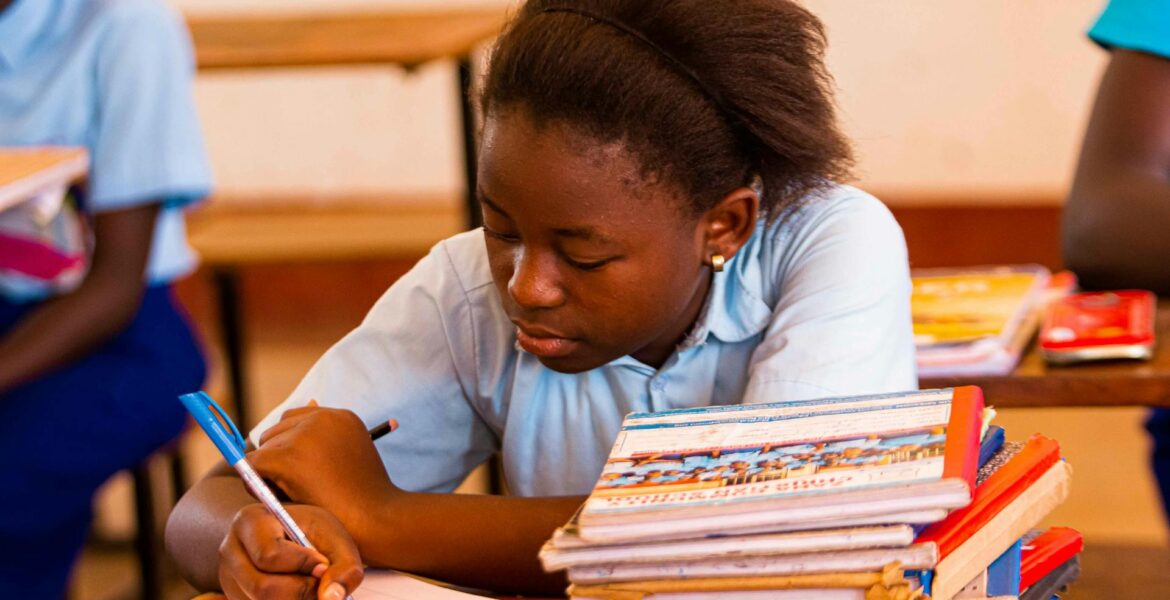Sitting majestically atop one of the sprawling hills of the Rwenzori corridor in Kyegegwa District lies Bukere Primary School. The school’s commanding location speaks to its significance in the Kyegegwa refugee settlement, home to over 120,000 people.
With a population of over 4,600 students hailing from Uganda, Rwanda, Burundi, South Sudan, and more, it is the largest in the area.
The school’s rich diversity is evident in the pupils taking a lunch break on this crisp Saturday afternoon. The pupils can be seen chatting, playing, and laughing, but for many, lunch is notably absent.
Kusemererwa Alinaitwe Brenda, a Primary 7 candidate, is one of the few lucky exceptions. “I just had porridge and cassava,” she reveals with enthusiasm.
As the secretary of Action For Development (ACFODE), a member of the girls’ empowerment club, and an active participant in the school’s sanitation club, Kusemererwa is quite a standout student who exudes a profound passion for leadership and learning. “When I go to school, I look forward to studying, but also to the school activities; I love them,” she says.
The 16-year-old is among the 54% of adolescent girls enrolled at Bukere Primary School. While her academic performance is currently exceptional, it has not always been the case.
“I used to eat only 3 slices of cassava with super dip juice for lunch. I wouldn’t get satisfied. I would sometimes doze off while they were teaching, and I couldn’t understand because I was too hungry. Sometimes I would request permission to go back home while my colleagues continued studying.”
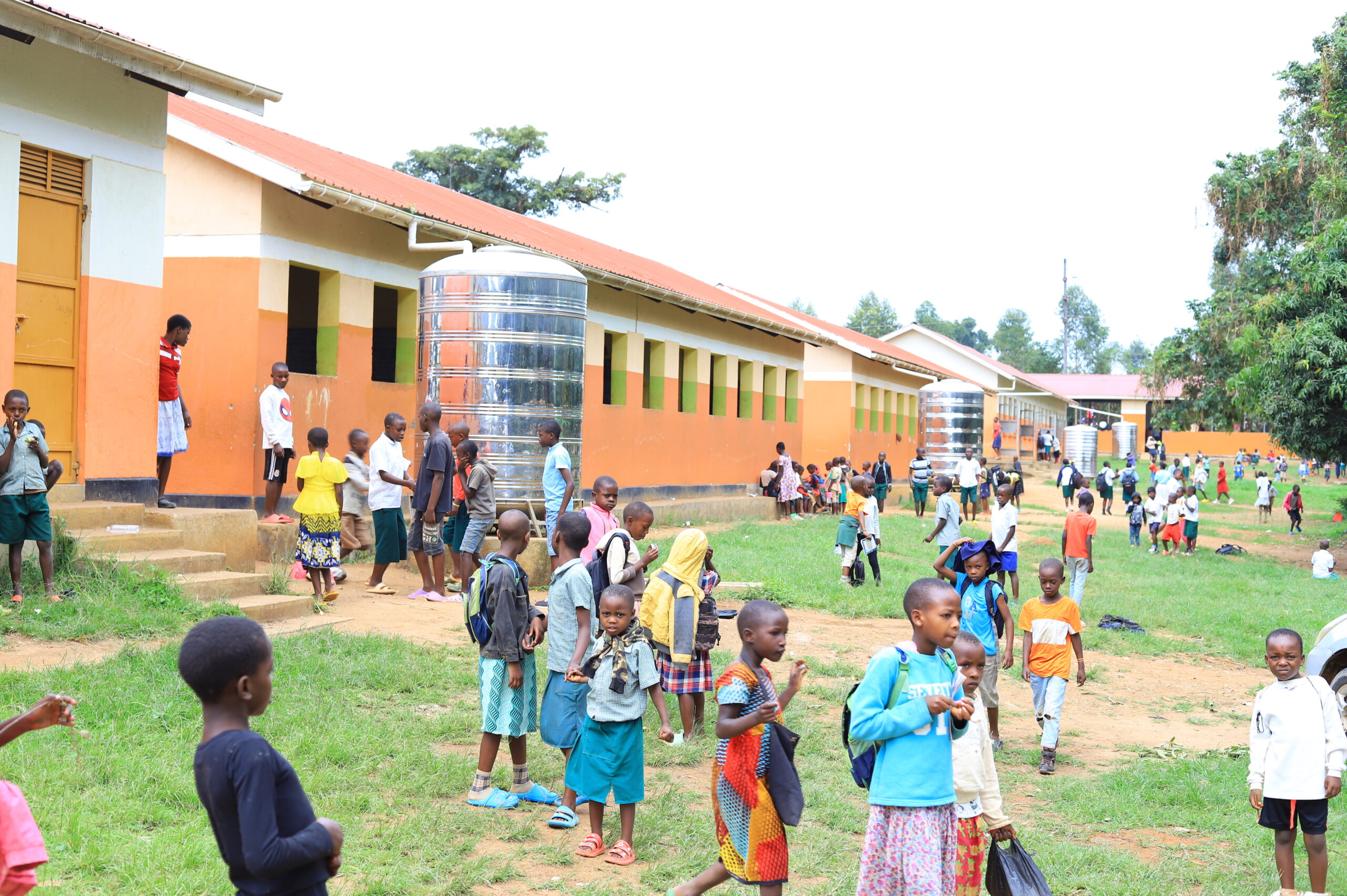
Brenda’s experience is far from unique. Across East Africa, adolescent girls face a triple burden of malnutrition, gender inequality, and interrupted education. The worsening effects of climate change, prolonged droughts, erratic floods, and failing food systems have deepened the crisis, leaving millions of children, especially girls, vulnerable to hunger and malnutrition. According to a World Vision report, conflict, COVID 19 aftershocks, cost of living and climate change, have pushed more than 10million people across the region into a hunger crisis.
The Headmaster of Bukere Primary School, Bahati Justus says these factors have made it more difficult for parents and the school to feed the students, and as a result they have witnessed the devastating impact of malnutrition, especially among adolescent girls within this community.
“The adolescent girls, when they don’t have enough food with the right nutrients, you find that they don’t come to school regularly. They go outside the settlement to look for food, and one way or another, you find that they are engaged in sexual activity to get something to eat, which often leads to them dropping out,” says Justus.
Good-quality school meals could provide children in Eastern Africa with balanced diets, encourage girls to stay in school, keep them safe from early marriage, and prevent forced child labor, according to World Vision. Additionally, school meals act as a safety net for families struggling to provide adequate nutrition.
In search for a sustainable solution, in 2022, Bukere Primary School partnered with a local NGO, Mothers Against Malnutrition And Hunger (MAMAH), an organization that fortifies school meals with high-protein additives. Together, they introduced mealworm-infused porridge, a nutrient-dense alternative to traditional maize flour porridge to the students. The fortified meal is produced on-site, blending sustainable insect protein with locally sourced ingredients.
Justus says the new feeding program has been quite a game-changer. “The provision of dietary porridge is helping reduce the problem of malnutrition among the pupils who need it. It has also increased school retention and improved the girls’ overall performance,” says Justus.
Beyond feeding students, the school now has its own mealworm and cricket-rearing facility, which serves as both a food source and a hands-on educational tool where students learn about sustainable farming techniques.
For Kusemererwa, this shift has been life-changing. She is one of the 500 students who contribute 5 kilograms of maize flour per school term and Shs. 10,000 ($3.2 USD) to the initiative, and in return, they receive fortified meals. “Now I get porridge with cassava and feel satisfied. I no longer struggle to concentrate in class because I have breakfast and porridge for lunch,” says Kusemererwa.
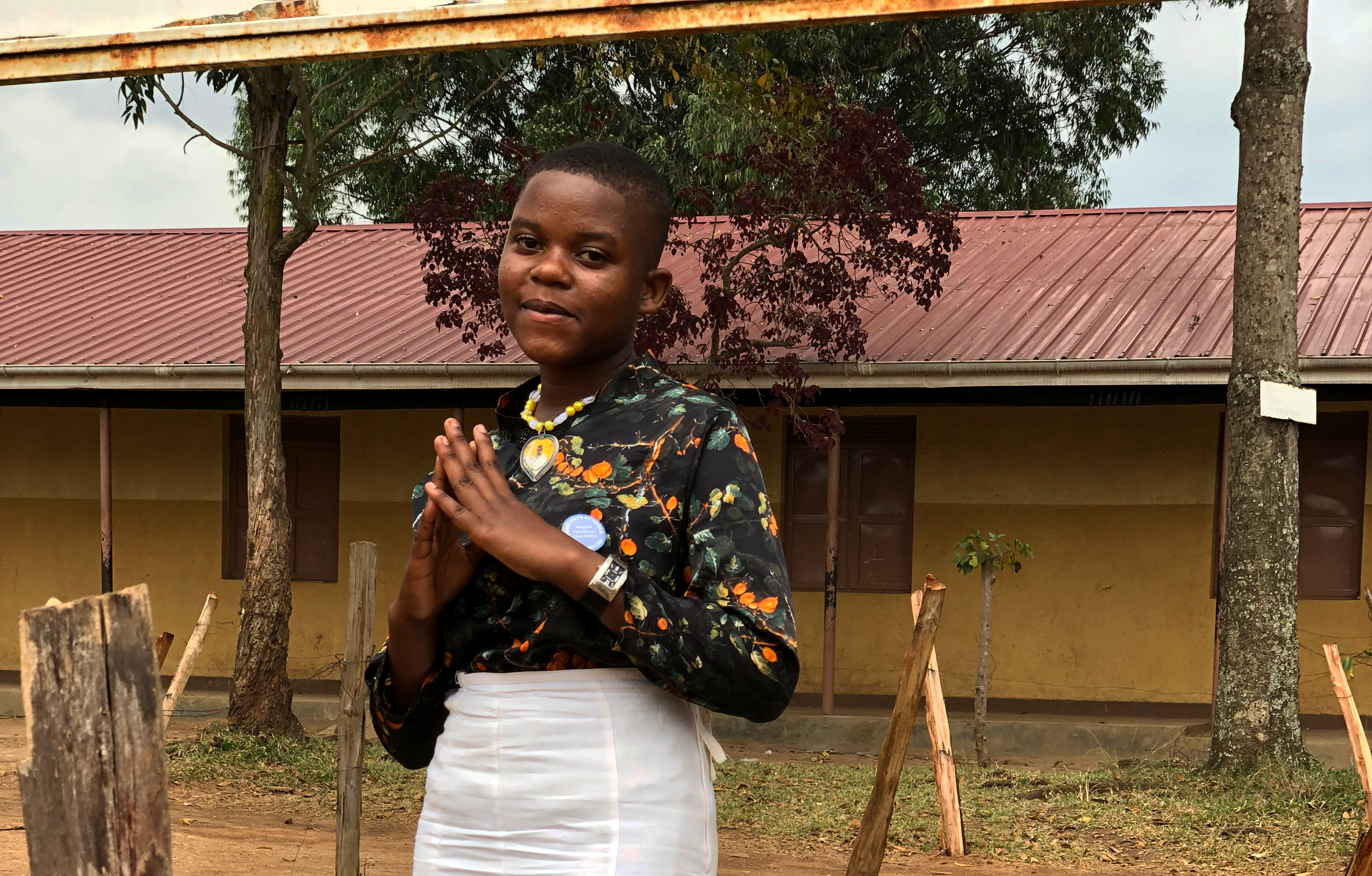
While the initiative has brought much-needed relief, challenges persist. “We need to scale up,” Justus admits. “With limited funding, it’s hard to provide for all 4,600 students. The government is emphasizing that children should have lunch at school but has not come through with the proper support materially and financially,” laments Justus.
The Uganda Education Act 2008 gives the responsibility of feeding children while at school to parents and guardians. Under this Parent/Guardian-Led School Feeding Program, parents are encouraged to voluntarily send children to school with food. But with the ongoing climate change devastation and conflict in the region, Justus says, it has been difficult for parents to do so. In the absence of a clear, enforceable school feeding policy, a standoff between the government, schools, and parents over who should shoulder this responsibility has emerged.
While the government has drafted a school feeding policy, it remains stuck as a proposal. Last month, the Ministry of Education and Sports announced plans to begin providing meals to learners in government-funded Universal Primary Education (UPE) schools by 2026.
“This is a program in progress, and we hope and pray that by 2026, the government will have found a way to provide school feeding, at least for primary schools,” Education Minister Janet Museveni stated.
Although the announcement marks a significant step forward, experts have called for the urgent need to prioritize the operationalization of the draft policy.
“The Ministry of Education should prioritize finalizing and operationalizing the draft school feeding policy,” says Esther Mufumba, Programs Manager at Uganda Debt Network. “This will provide a clear framework to guide the implementation of sustainable and equitable school feeding programs, addressing nutrition needs and improving student retention and performance.”
Mufumba additionally stresses that empowering smallholder farmers and increasing agricultural financing are essential for sustainability.
“We commend the government for raising the industrialization budget by 4% to Shs. 1.89 trillion for FY2024/25. However, to make school feeding sustainable, agricultural funding must increase from the current average of 5% to the 10% recommended under the Malabo Declaration,” she adds.
The Malabo Declaration, adopted by African nations in 2014, committed governments to allocate at least 10% of their national budgets to agriculture and end hunger by 2025. However, no East African country has achieved these targets.
In January 2025, African leaders introduced a new 10-year strategy under the Kampala Declaration on Building Resilient and Sustainable Agri-Food Systems. This framework promotes an agri-food systems approach that emphasizes environmental sustainability and the eradication of all forms of malnutrition.
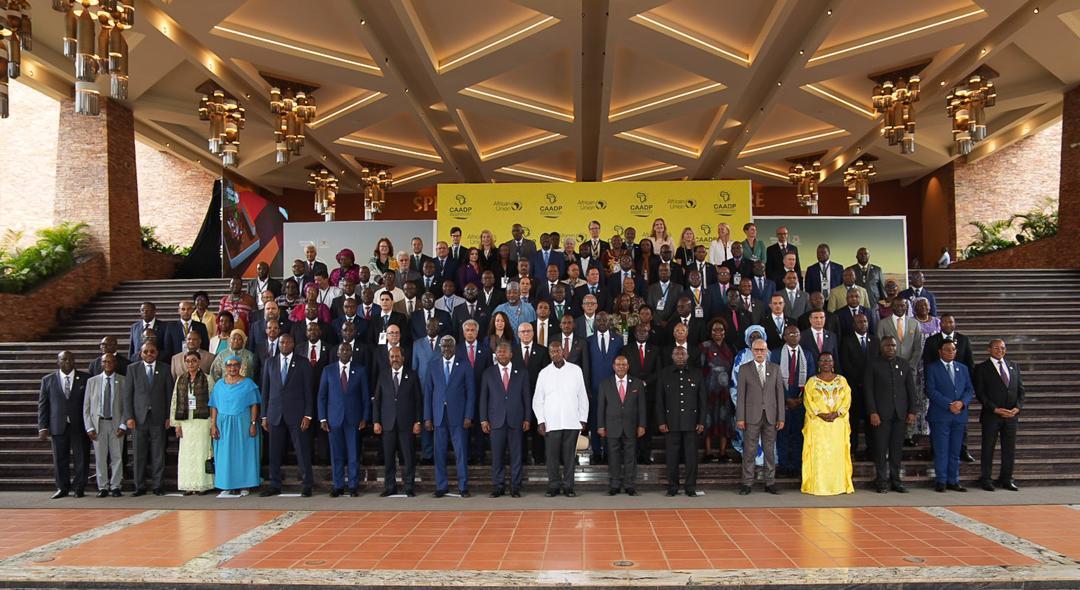
While school meals are critical, CSO’s also emphasize the need to ensure the nutritional quality of these meals are met and the importance of multi-stakeholder collaboration.
“We need to scale up models like MAMAH’s, which are already proving effective,” says Violet Gwokyalya, founder of Mothers Against Malnutrition And Hunger. “Where schools have basic meals such as porridge or beans, we step in to enhance the nutritional value. With adequate funding, we could establish regional hubs for insect farming and ensure that students receive the nutrition they need,” Gwokyalya explains.
Uganda’s school feeding woes are part of a broader regional issue. According to the World Health Organization, over 60 million adolescent girls in Africa suffer from anemia annually, a condition exacerbated by inadequate nutrition.
Across East Africa, the Home-Grown School Feeding (HGSF) concept is emerging as a sustainable solution. Launched in 2022, HGSF links school meal programs to local agricultural production, creating a steady supply of diverse, nutritious foods.
Rwanda is making significant strides. Between 2020 and 2022, the country expanded its school meal program from serving 660,000 children to 3.8 million. During the same period, the government increased its national school feeding budget from USD 34,000 in 2021 to USD 66.9 million in 2022–2023. Kenya is also currently implementing similar initiatives.
The stakes still remain high, though, across the region. For adolescent girls like Kusemererwa, who spend most of their time in school, school feeding programs are not just about nutrition but also education and empowerment. Inspired by the healthcare workers in her village, Kusemererwa says she dreams of becoming a nurse. “I want to help people, especially young girls like me,” she says.
As the sound of the bell rings at Bukere Primary School, signaling an end to their break, Kusemererwa heads back to class to continue working toward this dream. With every determined step she takes, a sobering reality hits home though: for countless girls across East Africa, the path to success and realizing their dreams remains fraught with the challenges of malnutrition. Addressing this crisis through robust, sustainable school feeding programs is not just an investment in education but a lifeline for an entire generation of girls upon whom Africa’s future depends.
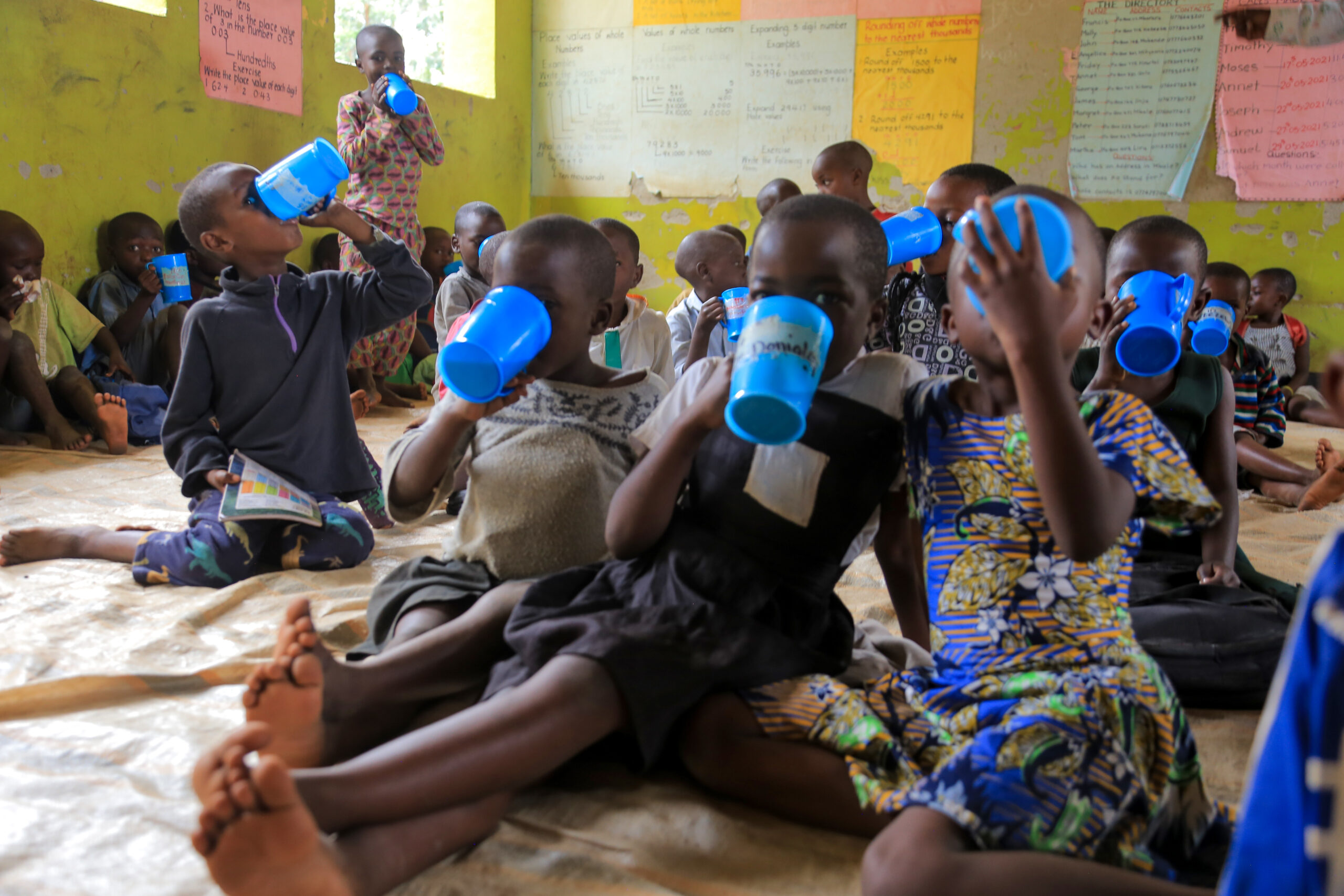
This feature article is part of Zuba Network’s Nourish Her Future series, created with the support of the African Union Nutrition Fellowship, an initiative by the African Union in collaboration with Nutrition International.

